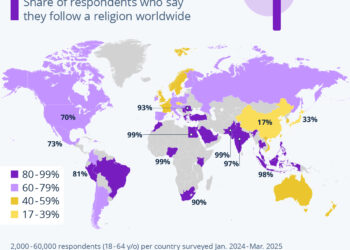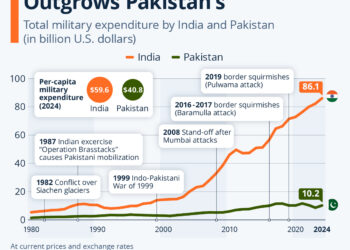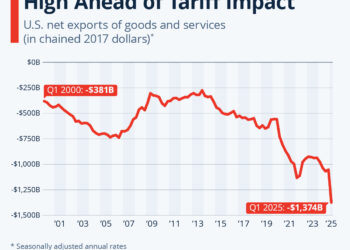The Cocoa Market: Understanding the Dynamics of “Brown Gold”
Cocoa, often referred to as “brown gold,” plays a monumental role in the global agricultural landscape and the ever-popular chocolate industry. Recent shifts in supply and demand, particularly in West Africa, have brought the complexities of this market to the forefront of international discussion.
Global Cocoa Supply: The West African Dominance
Cocoa Production Hotspots
At the core of the cocoa supply chain lies the Gulf of Guinea, a region that produces nearly 65 percent of the world’s cocoa. This impressive figure is primarily attributable to four major players:
- Côte d’Ivoire (Ivory Coast): Dominating the market, this country is responsible for approximately 38 percent of the global cocoa supply.
- Ghana: As the second-largest producer, Ghana accounts for around 12 percent of the world’s cocoa.
- Nigeria: Contributing about 7 percent to global production, Nigeria has established itself as a significant player despite various challenges.
- Cameroon: Also at 7 percent, Cameroon rounds out the top four cocoa-producing countries in the region.
South American Cocoa Production
In contrast, South America trails significantly in cocoa production, holding only a small fraction of the global market share. Notably, Ecuador and Brazil stand out as the primary contributors from this continent, supplying about 10 percent and 4 percent of the world’s cocoa, respectively.
Recent Trends Impacting Cocoa Prices
A Challenging Year for Cocoa Harvests
The 2023/2024 cocoa harvest faced significant setbacks due to a combination of environmental and biological challenges. An unusually wet rainy season, coupled with the outbreak of a viral cocoa disease, drastically affected production levels. Consequently, chocolate makers in Europe experienced a surge in prices, which also impacted consumers who enjoy cocoa products.
Positive Outlook for the Upcoming Harvest
Industry experts, however, are anticipating a turnaround in the cocoa market. According to a note from the International Cocoa Organization (ICCO) published in February, the upcoming 2024/2025 harvest is projected to yield a surplus. This potential recovery would mark an important change after three consecutive years of production deficits.
Cocoa Trade: Major Importers and Exporters
The Role of Europe
A significant portion of the world’s cocoa is exported to Europe and North America, where it undergoes processing into various chocolate products. The Netherlands, Germany, and Belgium are among the heaviest importers, together making up about 25 percent of the global cocoa bean imports. Overall, the European Union (EU) emerges as the world’s largest cocoa importer, accounting for an impressive 60 percent of total global imports.
The North American Landscape
In North America, both the United States and Canada collectively import around 7 percent of the world’s cocoa supply. This figure illustrates the importance of cocoa not only to European manufacturers but also to the North American chocolate market.
Future Implications for the Cocoa Industry
The evolving dynamics of cocoa production, including the geographical concentration of harvests and the influence of climate events, underscore the industry’s vulnerabilities. As we look ahead, the interdependence between producers in West Africa and consumers around the globe will continue to shape the market.
The ongoing challenges and forecasts of recovering harvests highlight the importance of sustainable practices to ensure both the economic viability of cocoa farmers and the future enjoyment of cocoa products by consumers worldwide.






